Sumo wrestling returned to London with a sold out Royal Albert Hall gripped by the opening night that ended with the sport’s elite in action.
For only the second time the Grand Sumo Tournament is being staged outside Japan with the five-day event concluding on Sunday as organisers look to capitalise on a worldwide surge in interest in Japan’s national sport.
London’s Royal Albert Hall also hosted the event in 1991 and this time 40 wrestlers (rikishi) were taking part with grand champion Onosato Daiki winning the main bout of the evening when he hurled Ura Kazuki out of the ring (dohyo).
Ukrainian Aonishiki Arata was another notable winner as his excellent debut year in sumo continued when he defeated Atamifuji Sakutaro, despite conceding over six stones in weight.
It was one of several ‘David v Goliath’ size mismatches, the most extreme example of which was bout four when Tobizaru Masaya defied his eight stones and almost one foot disadvantage to toss Shonannoumi Momotaro on to the floor.
Towards the end of the interval, the crowd were reminded by the compere not to approach the dohyo because it is a “very sacred place”.
The Royal Albert Hall had to make significant adjustments to cater for the wrestlers, including bringing in new chairs capable of bearing 200kg in weight, as well as installing reinforced toilets.
Around 11 stones in rice has been eaten each day by the competitors with event organisers revealing that the wholesaler being used had run out of noodles because of the quantity ordered.
The wrestlers have been seen across London since their arrival, posing for pictures in front of the Houses of Parliament and Buckingham Palace, riding Lime bikes and even eating hot dogs on Westminster Bridge.
Sumo, which has a ceremonial-religious aspect and dates back more than 1,500 years, will be taken to Paris next year to continue reaching new audiences.

.jpeg)
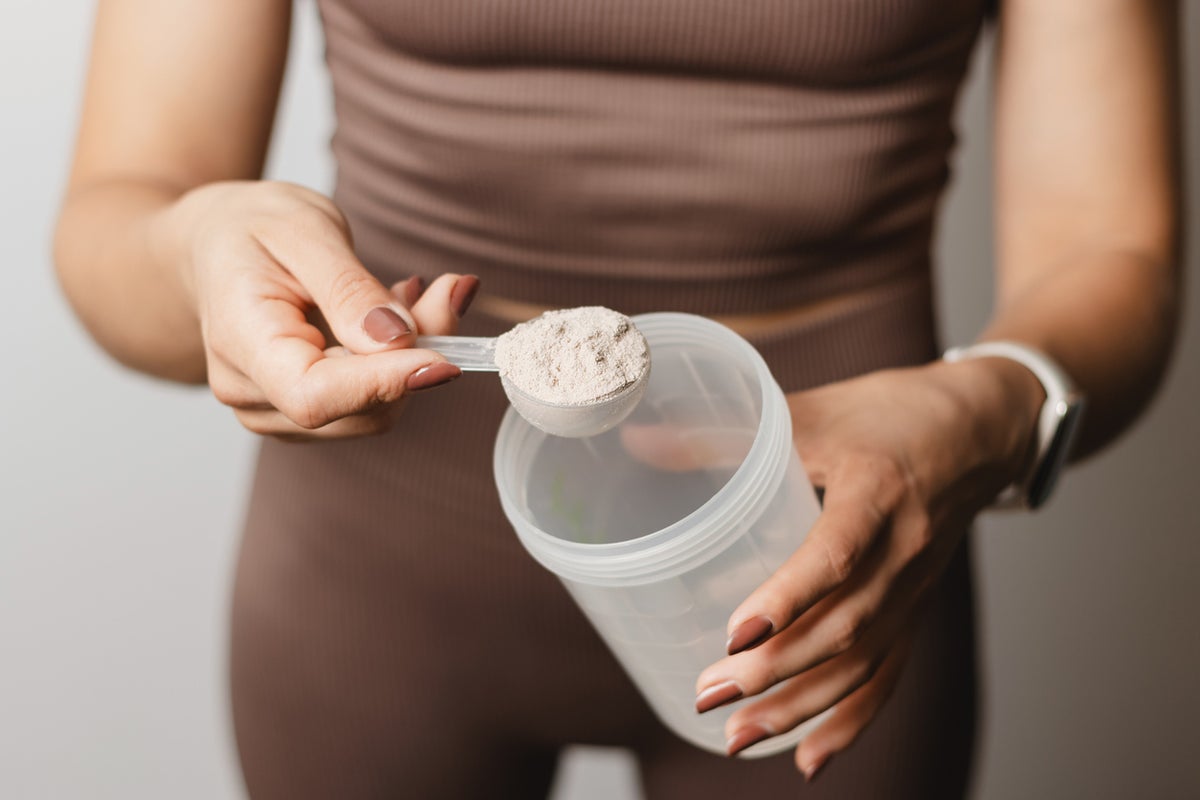


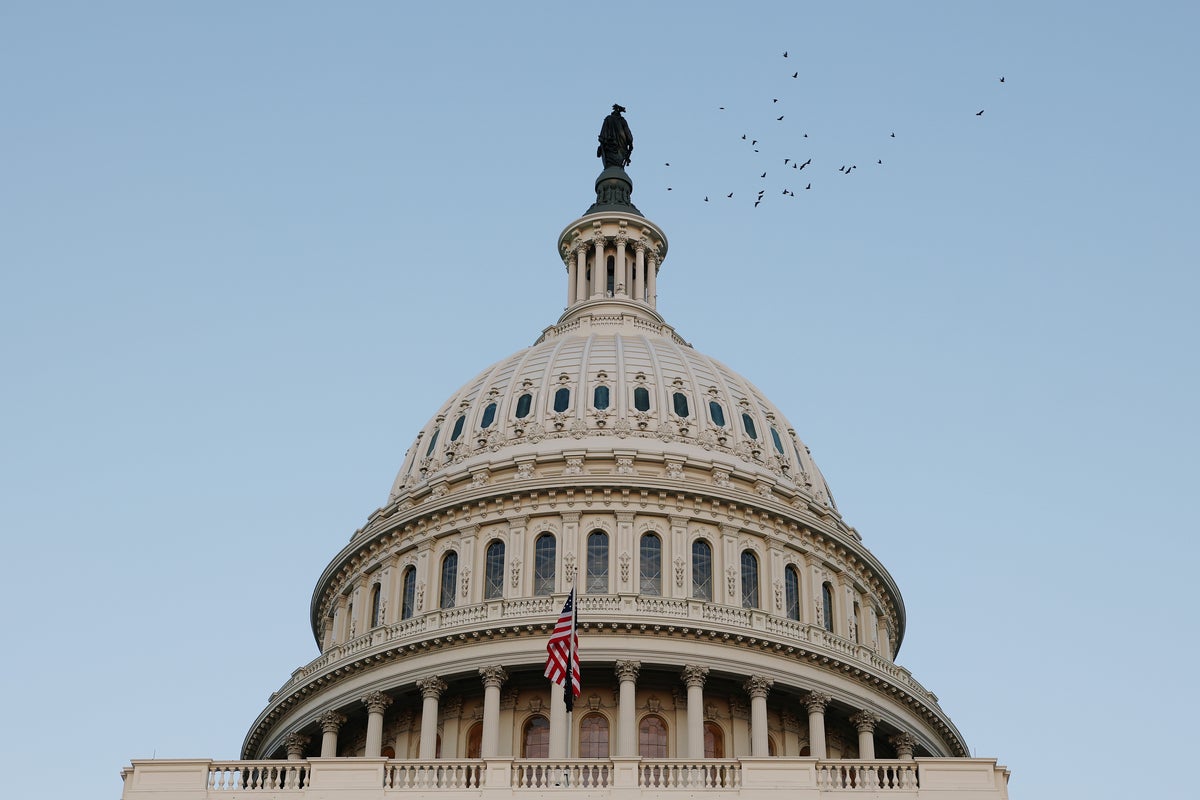









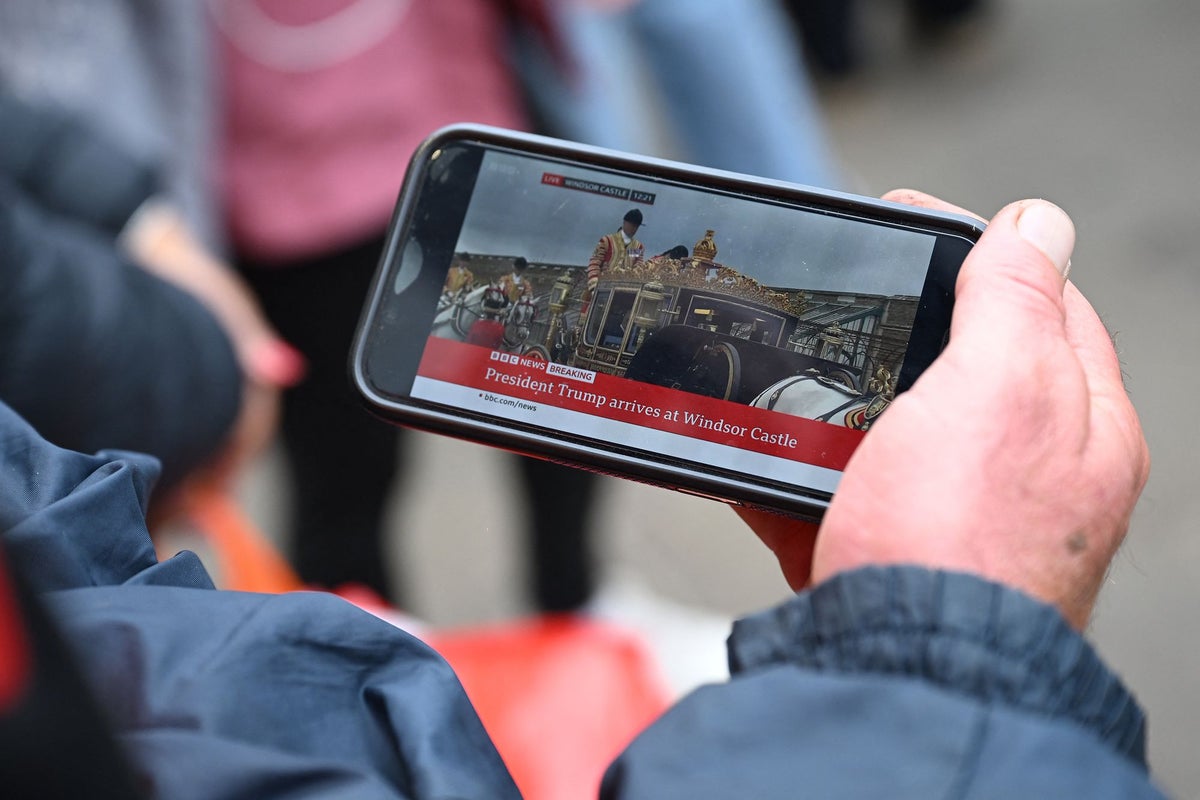



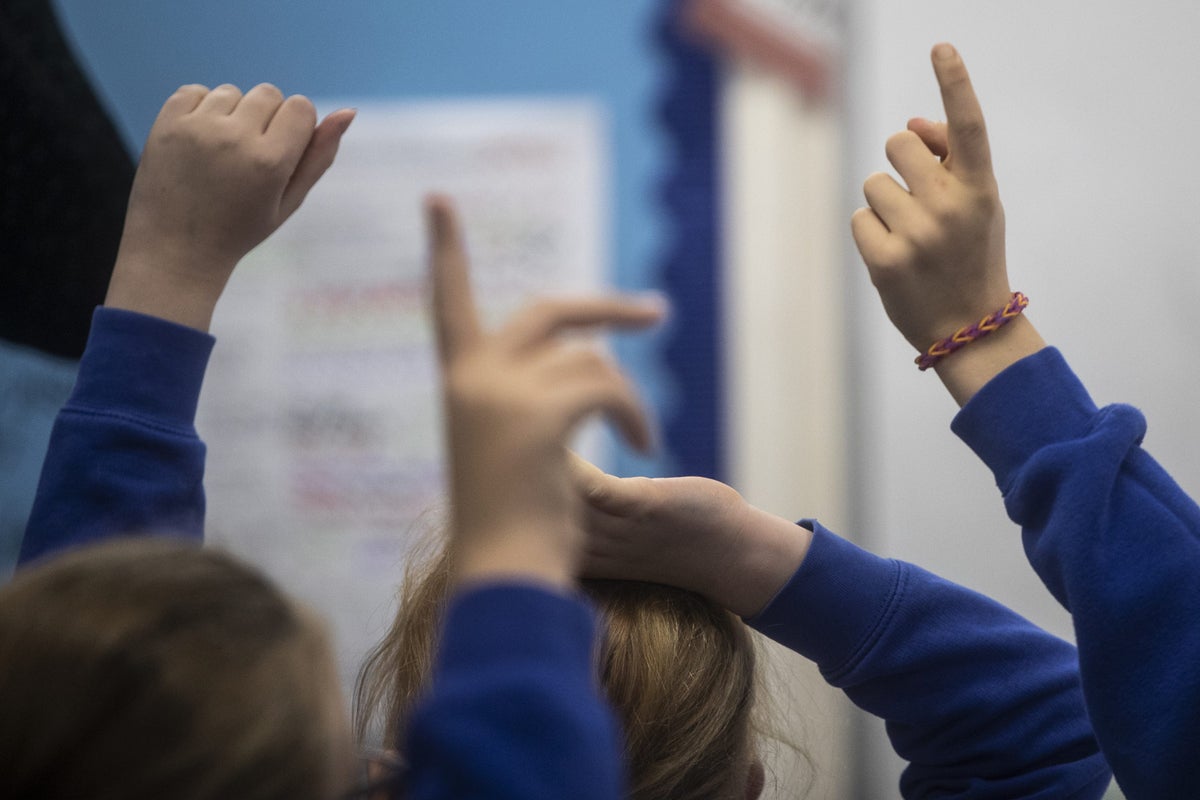
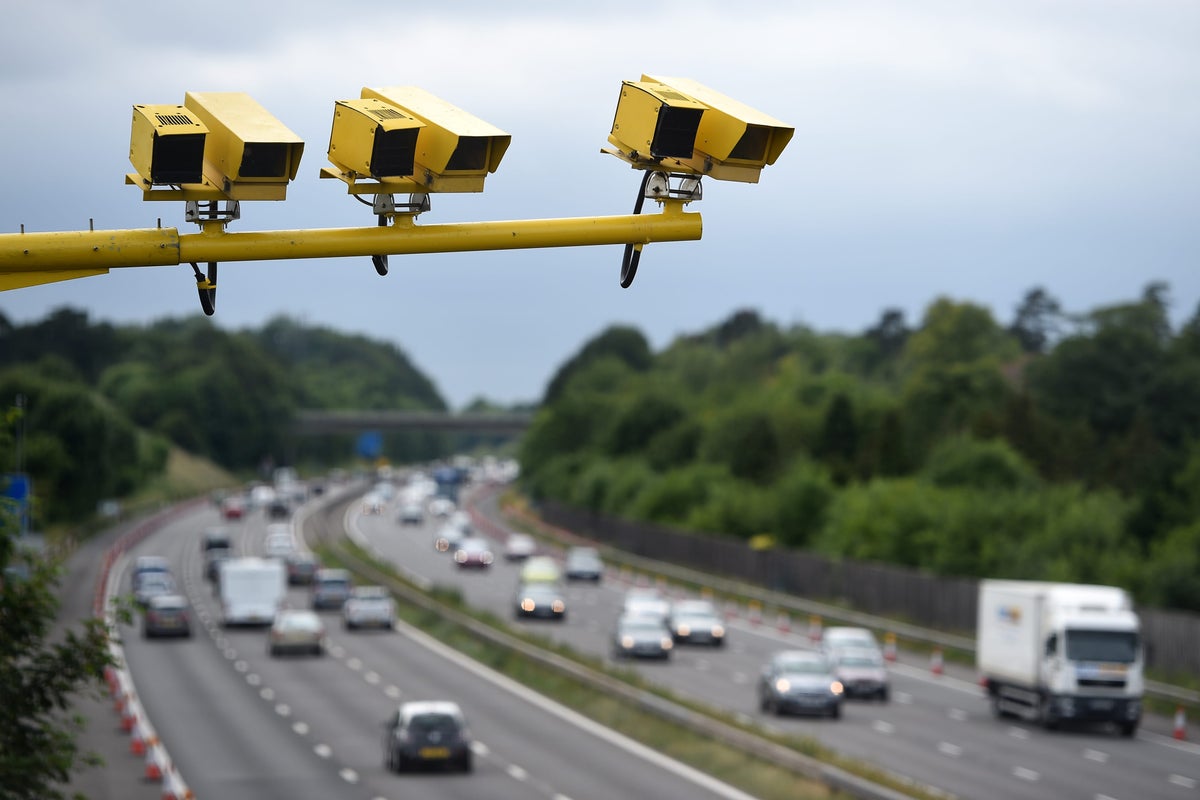
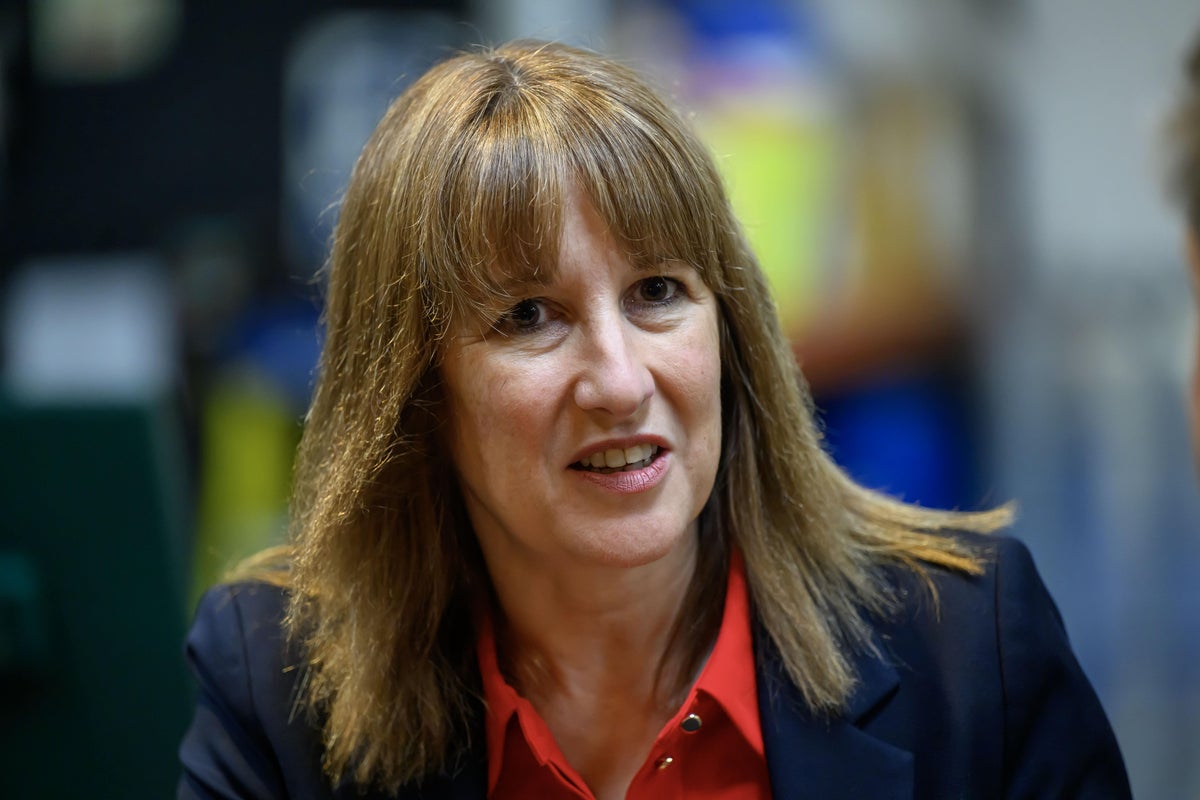




.jpeg)












 English (US) ·
English (US) ·